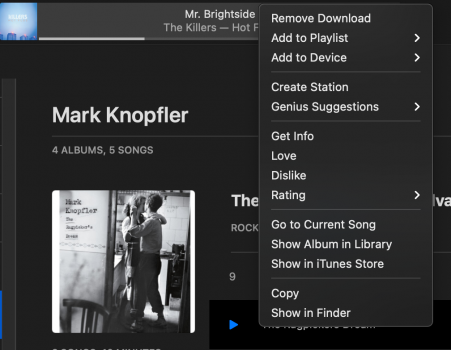The Internet sure is full of bent out of shape people today. I agree Apple's messaging on this could have been better, but surely the summary is:
No-one will be worse off, either sonically or financially, than they were yesterday.
For those who are interested, they can now stream higher quality music at no extra cost.
Sounds like a win for everyone to me!
No-one will be worse off, either sonically or financially, than they were yesterday.
For those who are interested, they can now stream higher quality music at no extra cost.
Sounds like a win for everyone to me!


